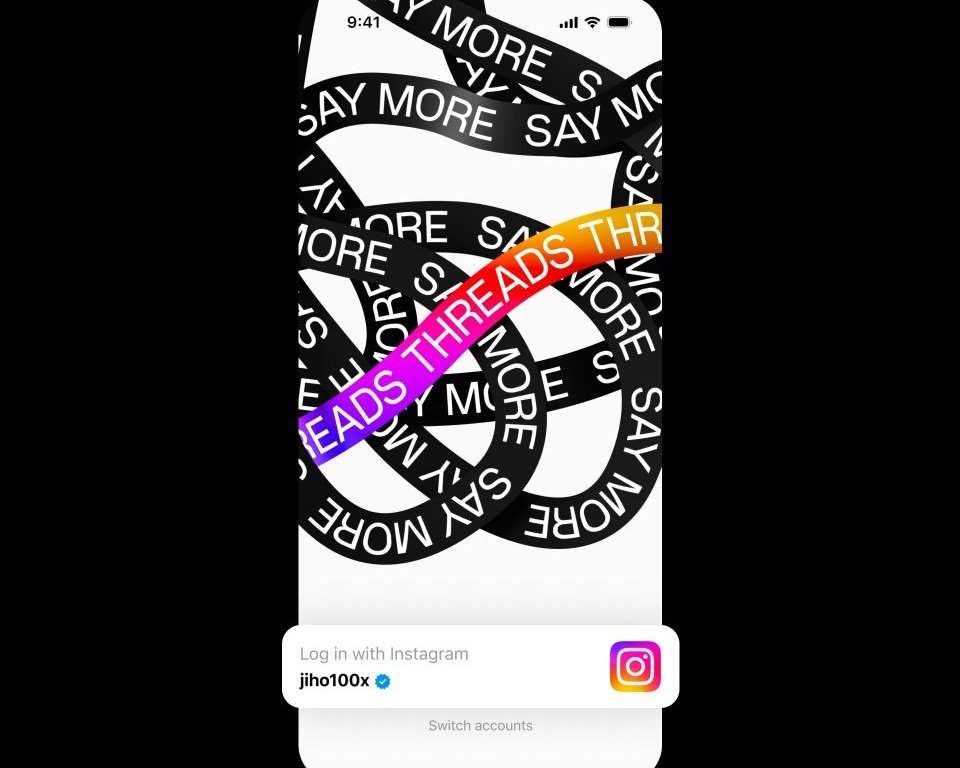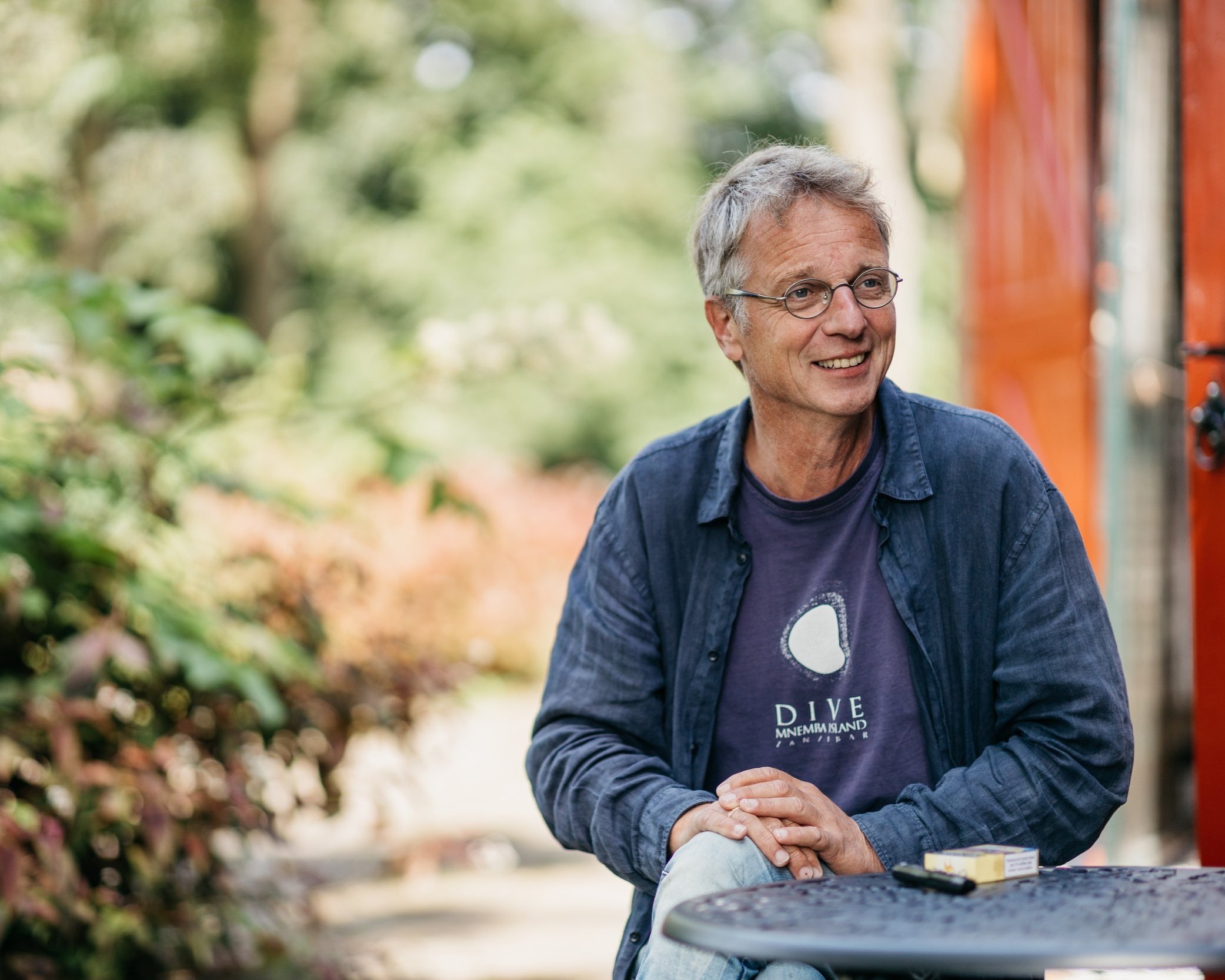Design Line: 1 – 7 July
It’s been a heavy week in design, and this edition of Design Line comes with content warnings for sexual assault, racism and transphobia. Architect David Adjaye has been accused of abusing former members of staff at his practice Adjaye Associates, while the Young V&A is facing allegations of having removed LGBTQ+ materials from its galleries and shop. In other news, Meta unveils its Twitter competitor, and an obituary for Thomas Eyck.
Architect David Adjaye stands accused of serious misconduct (image: Max Creasy).
Adjaye disgraced
This week, the Financial Times published a bombshell investigation into allegations of sexual assault, coercive control, and abusive workplace behaviour against the architect David Adjaye. Three Black women have come forward with their testimony of being systematically targeted by the founder of Adjaye Associates while undertaking work for his practice. Their accounts make for difficult reading, but describe a toxic workplace in which women were placed in financially precarious positions that enabled Adjaye to take advantage of his position of power. Adjaye, who has employed crisis communications firm Kendal Advisory, denies the allegations and claims his relationships with the women were unprofessional but “consensual”. He has said he is seeking undefined “professional help” for his actions and has stepped back from his ceremonial roles and trusteeships, including design advocacy for the London mayor’s office. The Multnomah County Library in Oregon has dropped Adjaye Associates for its central library, and Adjaye’s work on the London Holocaust Museum has been suspended “until the issues raised have been addressed”. The Royal Institute of British Architects, which awarded Adjaye its Royal Gold Medal in 2021, has refused to comment until “all the relevant facts have been determined”, an unsurprising yet nevertheless disappointing statement from the UK’s governing body for architecture. The situation raises a whole host of pressing questions for a design industry where success is funnelled to a select group of powerful men underpinned by underpaid and over-exploited employees whose careers could be destroyed if they speak out about abuse. Whether architecture is ready to face its long overdue #MeToo movement remains to be seen.
Can Meta thread the needle for a Twitter alternative (image: Meta)?
It’s all unravelling
Pity Elon Musk. The man spent $44bn buying Twitter (after seemingly doing his utmost to back out of the deal), only to begin immediately running it into the ground through his own, erm, alternative managerial competence, no doubt safe in the knowledge that Twitter is pretty much the only game in town when it comes to mainstream microblogging (a brief flurry of excitement over Mastodon aside). Well, Musk no longer has the playground all to himself, with Mark Zuckerberg’s Meta having this week launched Threads, a self-described “sanely run” version of Twitter. The app’s design has some limitations that Twitter doesn’t (the algorithmic curation of its feed means it is far less successful at highlighting breaking news), as well as some upsides (the plan is to hook Threads into ActivityPub, the decentralised social media protocol, which would allow users to take their accounts between different social media apps), but let’s face it: it’s basically a slickly done Twitter-alike. Nothing hugely innovative, then, but when original Twitter seems to be in a Musk-induced tailspin, and other platforms have struggled to build sufficient audiences to challenge them, the heft of Meta (and the option to migrate your existing Instagram account info and follow list into Threads, solving the problem of building an audience from scratch) means that Threads has a better shot than anything else at dethroning the reigning microblogging king. Twitter and Musk, you sense, have reason to be scared – at the very least, they’re certainly worried enough to have already threatened legal action.
Designer and producer Thomas Eyck has died this week (image: courtesy of t.e).
Thomas Eyck (1964-2023)
Disegno was deeply saddened this week to learn of the death of Thomas Eyck, the designer and producer behind the celebrated t.e. design label. A vehicle through which Eyck and collaborators could initiate deep material research, t.e. produced a small number of collections each year, working with practitioners including Aldo Bakker, Christien Meindertsma, Carole Baijings and Studio Brynjar & Veronika, among others. The projects that Eyck commissioned and developed were technically innovative, culturally curious, and hugely diverse, with his collaborator Guus Kusters acknowledging to The New York Times in 2018 that t.e.’s output defied easy categorisation: “It’s so personal to Thomas that it becomes its own style, and that’s the thing we like about it.” Despite the breadth of Eyck’s interests, and his commitment to challenging, research-based design, he also had an undoubted talent for developing beautiful objects that could find a place on the market. “A person like Thomas is really rare in our field,” Meindertsma said of her frequent collaborator. “He’s super trustworthy, genuinely interested in design and in the making of it, plus he’s interested in making it work financially. That is an unusual combination.” He will be sorely missed.
The poster that Tristam Hunt removed from the Young V&A (image: Stonewall).
Censoring childhood
Our heady praise for the re-opening of the Young V&A last week may have come too soon. This week, concerns were raised that books and displays relating to LGBTQ+ subjects have been removed from display on the order of V&A director Tristram Hunt. An email sent to the Public and Commercial Services (PCS) union members at the museum, first reported by Arts Professional, alleges that a Stonewall poster that reads ‘Some people are trans, get over it!’ was taken out of the galleries, while two illustrated books Seeing Gender by Iris Gottlieb and Here and Queer by Rowan Ellis and Jackie Sheridan were removed from the gift shop. “Seeking to hide the existence of Trans people contributes to the idea that being Trans is somehow unacceptable and adds to the current climate of transphobia and trans-erasure, putting trans people, particularly young trans people, at risk,” said PCS culture group secretary Steven Warwick. “It is particularly galling that this decision was made during LGBTQ+ History month.” The censorship of queer-affirming materials from a museum claiming to represent the interests of all children and families is particularly chilling in the current atmosphere of rising transphobic hate crimes in the country. According to a Home Office report, transphobic hate crimes rose 56 per cent between 2021 and 2022. Hunt’s decision is likely to have been intended to avoid criticism from a vocal minority of hate groups seeking to equate sexuality and gender with sexualisation and perversion – a direct echo of the UK’s homophobic Section 28 laws that prevented children from learning about LGBTQ+ identities in schools between 1998 and 2003 – but it simply comes across as cowardly and uncaring. By censoring the collection, he has brought the museum’s reputation into disrepute, as well as showing a shocking disregard for its LGBTQ+ staff and the public it ostensibly serves.
Cort in the act
The Cort process is a means of processing low-quality scrap iron and converting it into valuable wrought iron – an 18th-century development that quickly rendered Britain the world’s leading iron exporter during the Industrial Revolution. Its name? Why, that of its inventor, the British financier Henry Cort, of course. Except, new research published online late last month has quickly put paid to that idea. Because if there’s one thing that Britain has historically done better than anyone, it’s stealing things and then claiming the credit. Writing in History and Technology, UCL’s Jenny Bulstrode found that historical paperwork shows that the innovation behind the process was actually developed by 76 Black Jamaican metallurgists at an ironworks near Morant Bay, Jamaica. Rather than inventing anything, Cort simply shipped the Jamaican machinery to Britain when the British government forcibly closed the Morant Bay ironworks as part of its military rule. The metallurgists’ innovation used grooved rollers to mechanise the process of hammering out impurities from iron; the same grooved rollers used in Jamaican sugar mills to crush sugar cane. It is an essential uncovering of historical fact, and one that has important implications – not least for ongoing discussions around reparations for the Transatlantic slave trade. “If you ask people about the model of an innovator, they think of Elon Musk or some old white guy in a lab coat,” Bulstrode told The Guardian. “They don’t think of black people, enslaved, in Jamaica in the 18th century.”
The Sydney Metro was part of the Connecting with Country Framework Pilot (image: Sydney Metro).
Framing Aboriginal voices
Finally some good news this week, which comes from New South Wales in Australia where the government has laid out a new guidance for empowering Aboriginal voices in the design and planning process. The Connecting with Country Framework set out by Government Architect NSW aims to prioritise the expertise of Aboriginal people when it comes to environmental management, and gives added protection for their cultural sites and access to their ancestral lands. Co-designed infrastructure development projects will require architects, designers and planners to respect Aboriginal knowledge when it comes to the sustainable management of land and water. The Connecting with Country Framework comes in after an extensive pilot scheme that started in 2020 and included the Sydney Metro scheme, which runs across ancestral Aboriginal trade routes and ceremonial paths. The framework comes at a critical time for New South Wales, which was the worst-hit state during the 2020 bushfire crisis. Indigenous leaders and firefighters have been sounding the alarm about mis-management of the land for years. The Aboriginal people have lived in what is now New South Wales for over 50,000 years and practice cultural burning to manage the risk of bushfires. The devastating effects of Western colonisation twinned with the Industrial Revolution decimated the Aboriginal population and ushered in the climate crisis, creating the conditions for the droughts, floods and out-of-control fires that threaten the state. The framework is a welcome course correction – let’s hope it comes in time to sufficiently bolster climate resilience.






